‘So simple’: Ingenious trick to save animals in fire-ravaged areas
Animal lovers are solving the water crisis for local wildlife using an innovative method that costs less than $30.

A conservation scientist has shared her innovative “water fountain” design to bushfire ravaged communities so they can save their local wildlife.
“People are really wanting to do something. Now they can contribute, in a practical way,” Dr Kath Tuft told news.com.au.
Dr Tuft is general manager at Arid Recovery, a South Australian wildlife reserve that invents ways to assist threatened species.
The organisation’s latest invention, which she calls the water fountain, provides animals with water in an otherwise uninhabitable areas.
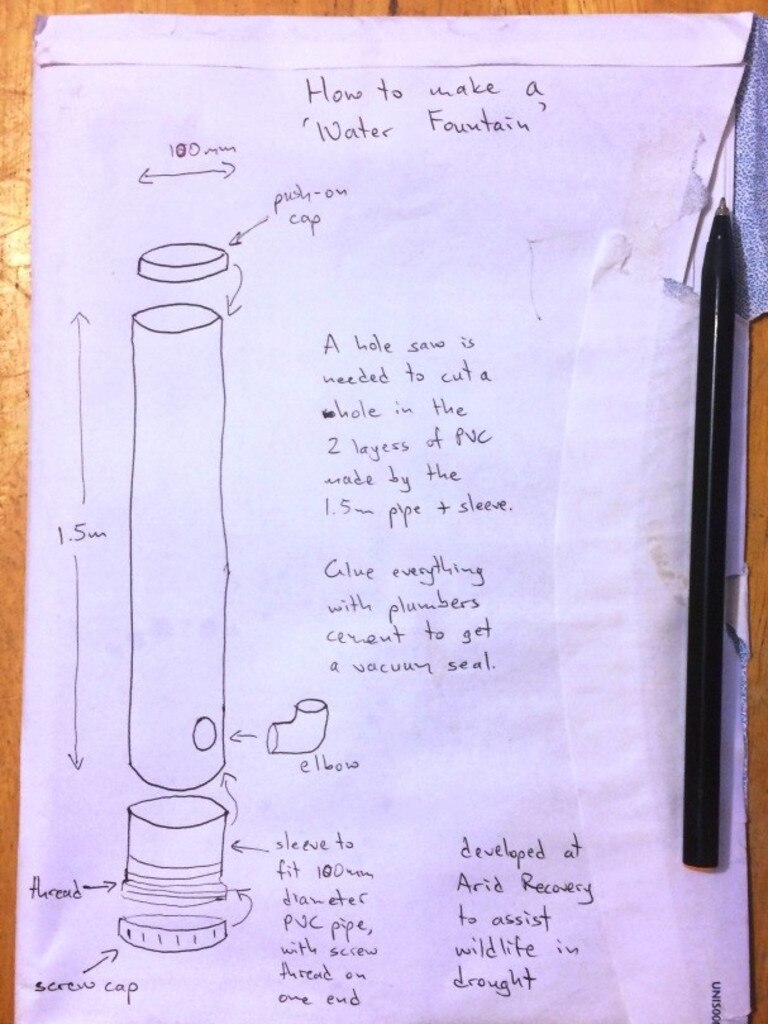
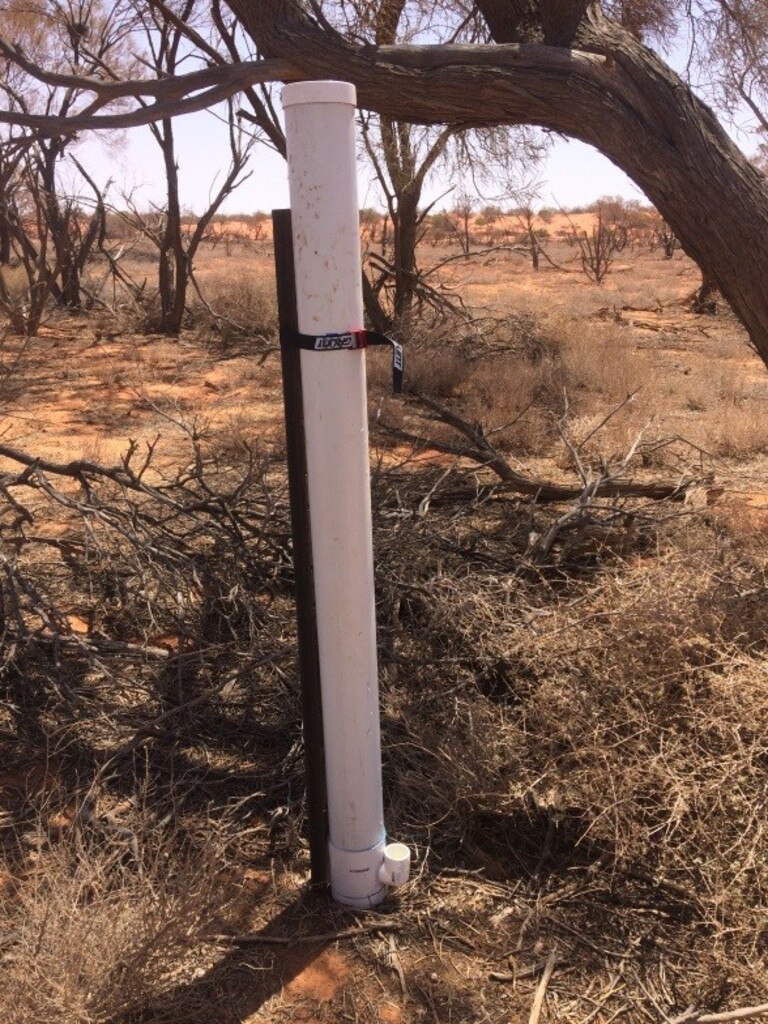
The fountain is essentially a tube sealed on both ends, with the water inside held by a vacuum. Water only drops down if it an animal drinks from it or it evaporates from the spout.
Dr. Tuft’s original design can hold 37L of water and lasts up to two weeks between refills, even in 40+ degree heat.
These water fountains can be made from materials readily available at hardware stores and the materials for one cost less than $30.

“I wouldn’t call myself a handy woman but I made it pretty easily,” Dr. Tuft said.
Around 500 million animals have died since September from the fires. Now, one of the biggest threats surviving wildlife face is lack of drinking water.
Yolandi Vermaak is one resident who has embraced the new water fountain design.
“It’s such a simple and brilliant design,” she said.
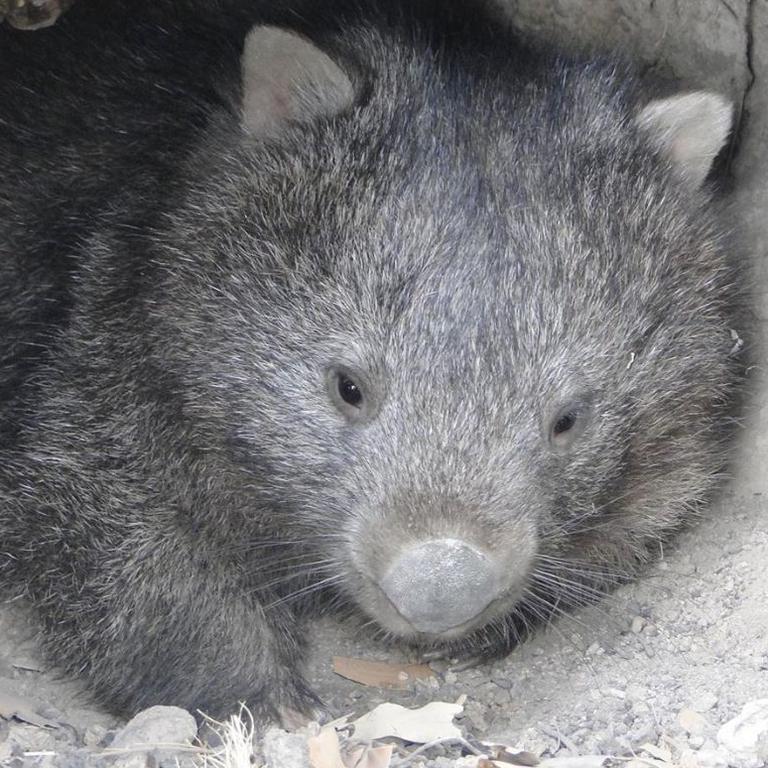
As the founder of a wombat rescue based in Tallaganda along NSW’s south coast, Ms Vermaak has noticed a huge need for water.
She set up a 27L water fountain near a wombat burrow. When she revisited it five days later, the fountain was completely empty. The wombat and other nearby animals must have drank it all, she guessed.
RELATED: Huge loss of animal and plant life expected due to bushfires
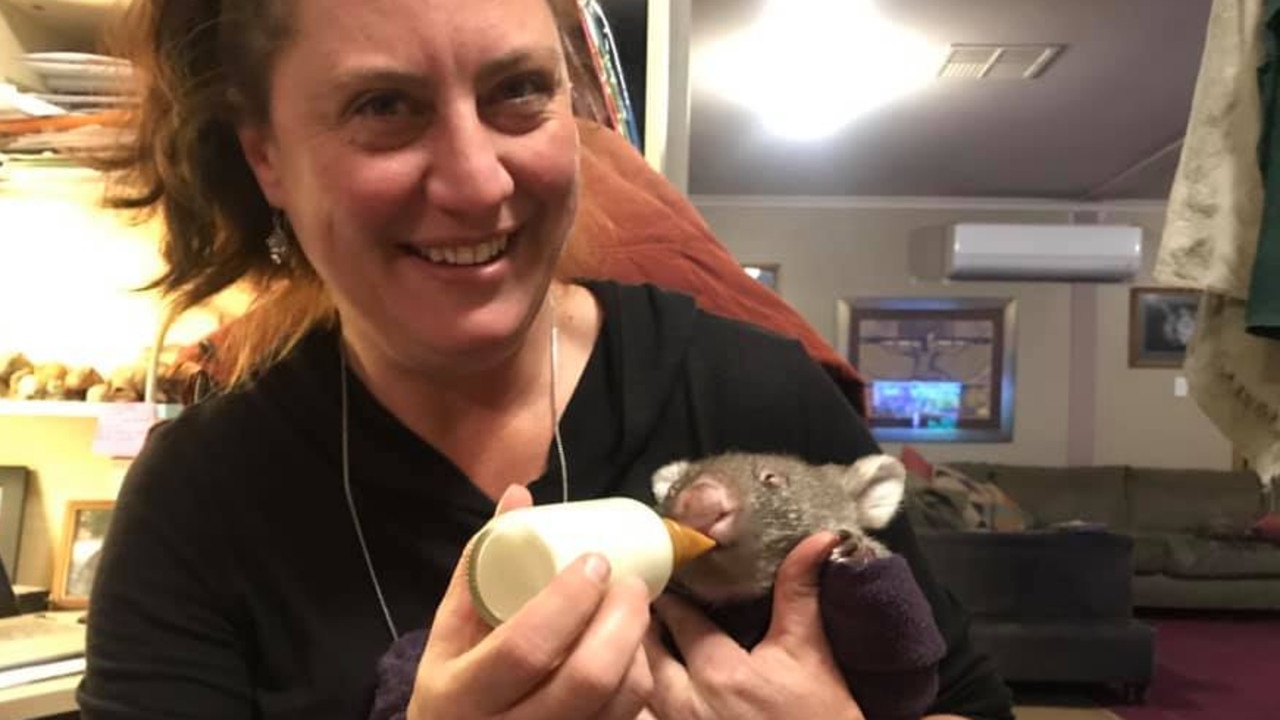
“The creek beds are all dry,” she said.
“A lot of animals would usually be able to survive if there’s no water. They could get moisture from green grass, roots, etc. It would be sufficient.
“But because of the fires, there’s nothing. It’s all burned.”
Originally, Ms Vermaak used laundry basins to hydrate the animals. She would dig a hole into the ground, wedged in a laundry basin and then filled it up with water.
“The water evaporated quite fast, and the wombats tip them over. Also soot is everywhere. The water is black after a day or two.”

But the water fountain solved all those problems. Ms Vermaak already plans to phase out all the laundry basins with the new and improved water fountains.
She has installed four water fountains overall and there are 11 more sitting in her driveway, which she plans to put up over the weekend.
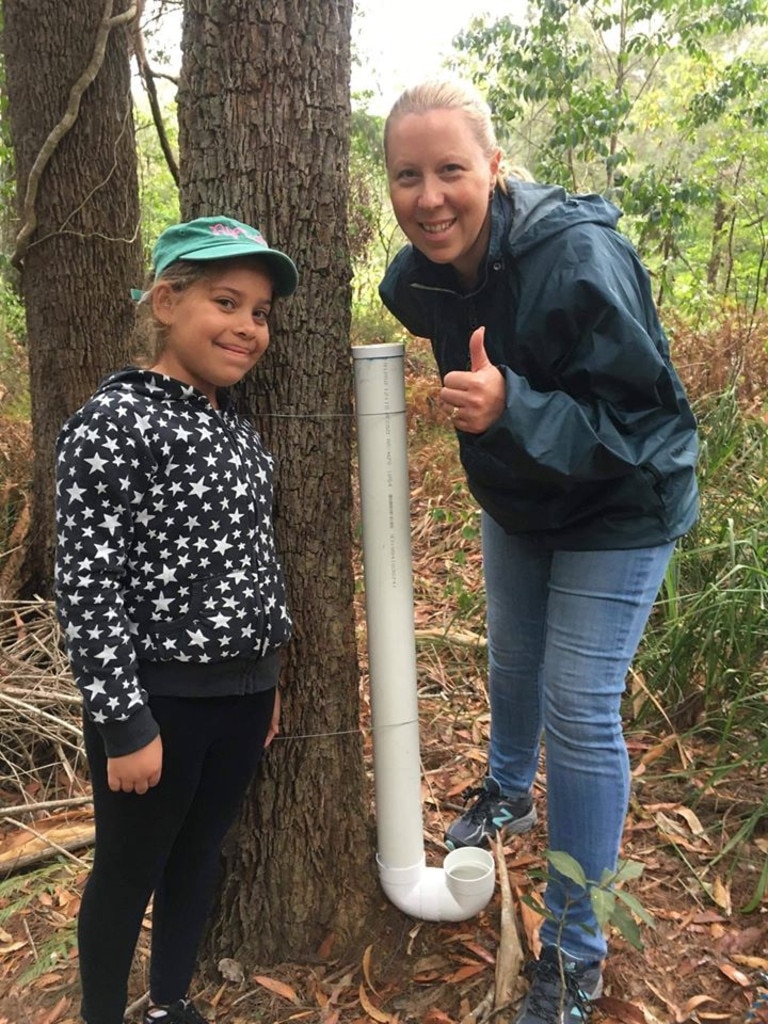
And she’s not the only one embracing the new style.
“People are saying ‘this is easy’,” she said. “They’re making them (water fountains) in their own backyards all over town.”
“It is probably one of the most heartwarming things I’ve ever seen.”
It’s not just locals, but also large businesses that are helping the cause.
“Bunnings has contacted me and said they would like to donate materials for 10 more pipes,” Ms Vermaak said.
Over the weekend, on January 11, West Gosford Bunnings hosted workshops teaching people how to create the water fountains.
The store supplied everyone with free materials and Central Coast Wildlife Search and Rescue ran workshops.
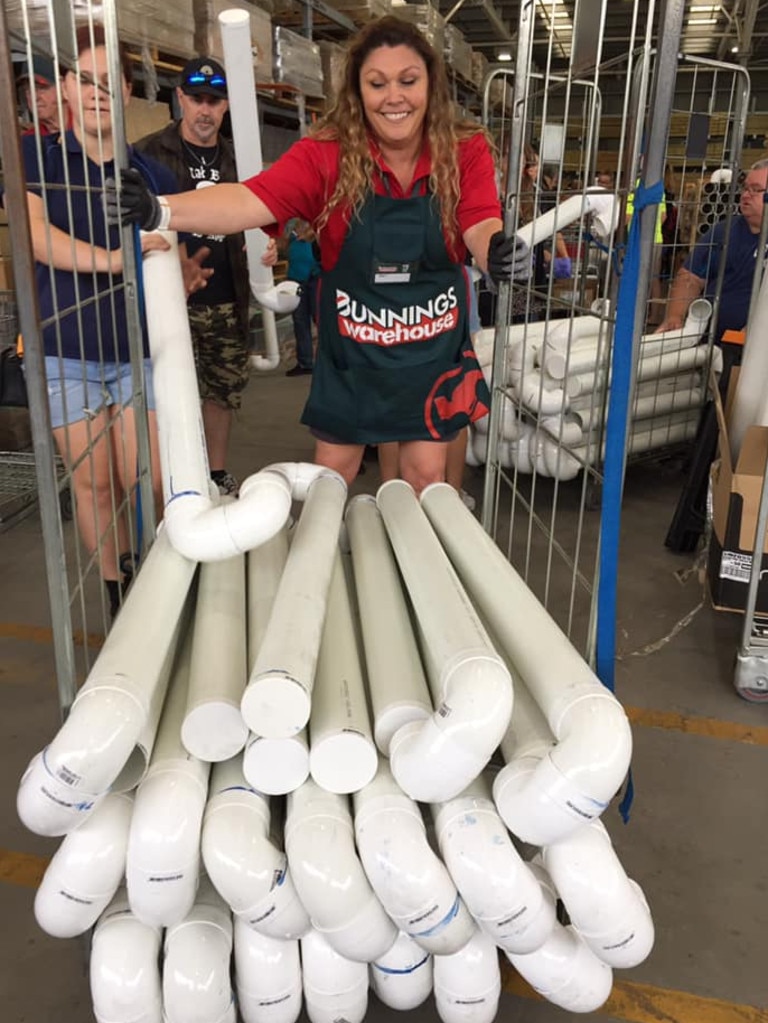
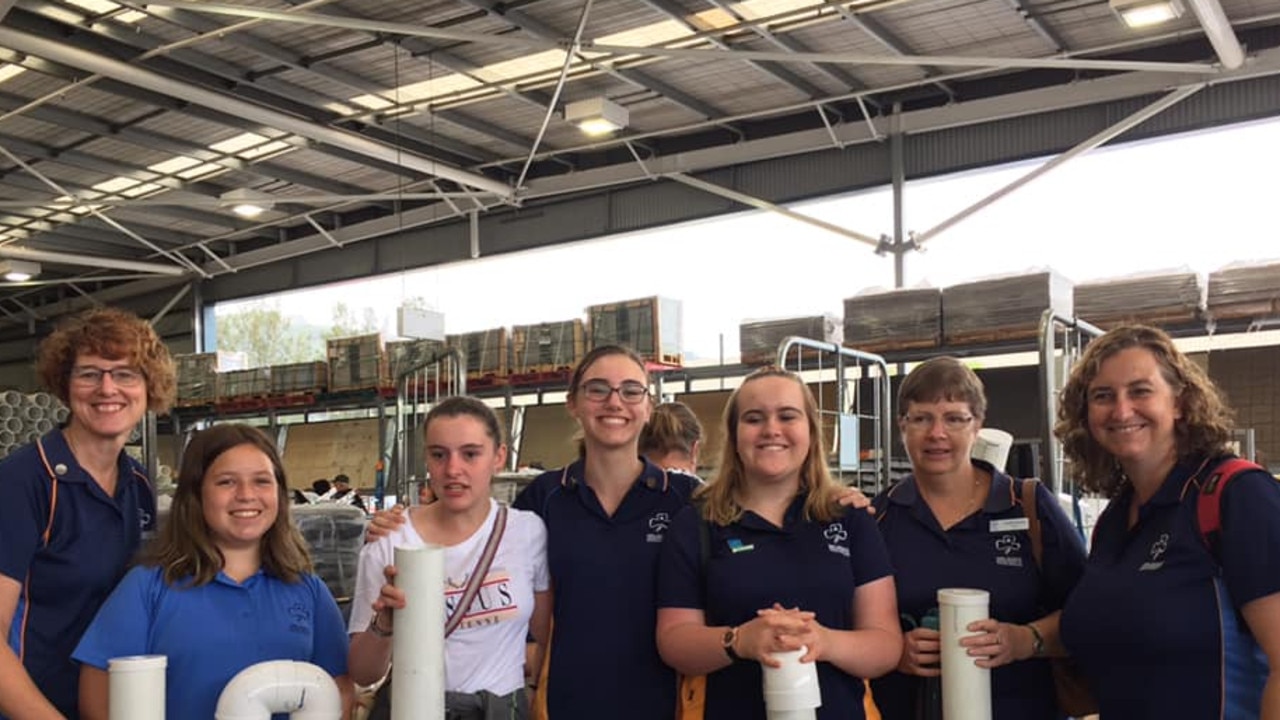
“It was great to be able to support Central Coast Wildlife Search and Rescue and make water feeders for local wildlife,” West Gosford Bunnings manager Michael Staines said.
“The DIY workshop was a great opportunity to get our customers involved and provide some hands on help for local wildlife affected by the bushfires.

Dr Tuft is flattered that so many people are taking up her design.
“It’s nice to see something so simple being used,” she said.
“A bunch of people have responded to our instructions, sharing what they’ve done and sending little improvements.”
The wildlife scientist acknowledged that it wasn’t natural to give wild animals water, but that these times were “extreme”.
Camera footage has revealed many different animals using the water fountains, including burrowing bettongs bilbies, goannas and even stick-nest rats
“Native animals shouldn’t need free water, but the drought’s been so bad,” Dr. Tuft said. “And now with the bushfires as well …”
The invention was designed months ago, originally to help with the drought. But Dr. Tuft is more than happy to be able to help fire-affected communities, despite living hundreds of kilometres away from bushfire areas.
However, she has a warning for those using the water fountain.
“Be careful that the fountain doesn’t end up becoming a magnet for predators,” she said.
“Predators are good at making use of wildfires. Animals don’t have as much cover and they’re weaker.
“Be really conscious of that when setting up the fountain. Make sure it’s in a well-covered area.”
To make your own water fountain, visit here.



